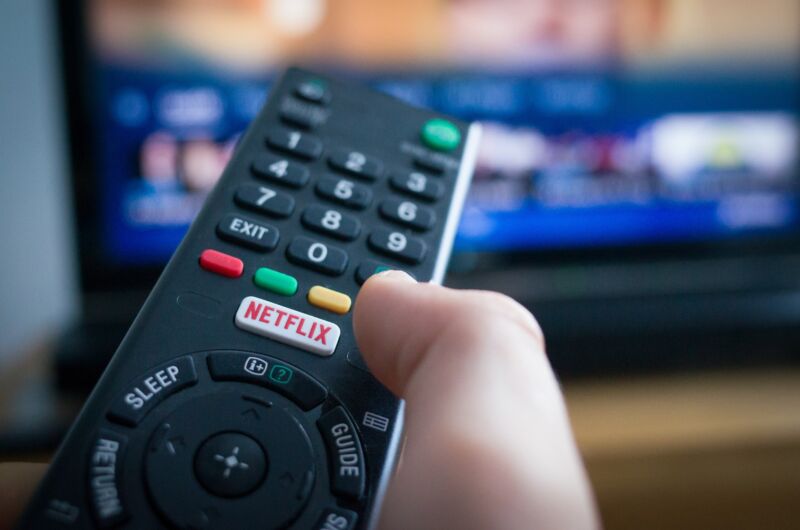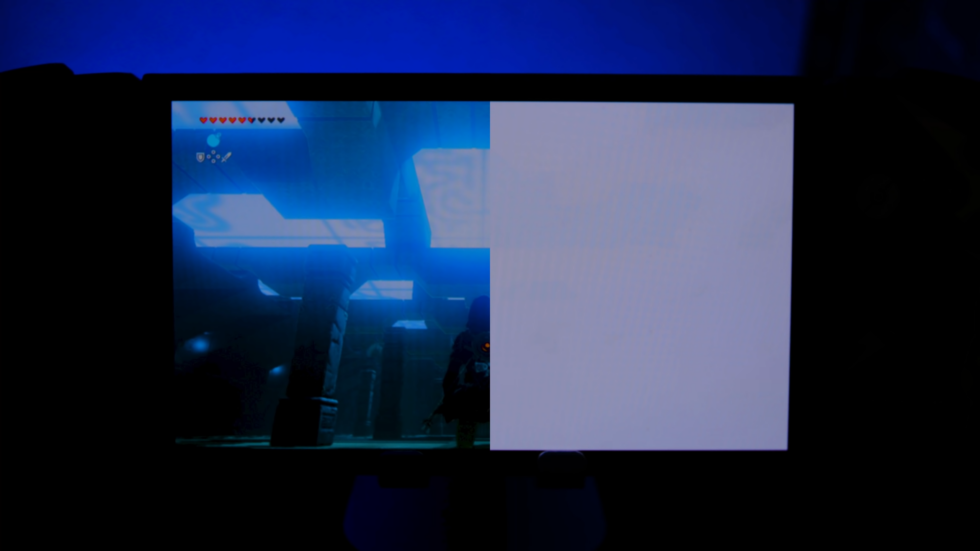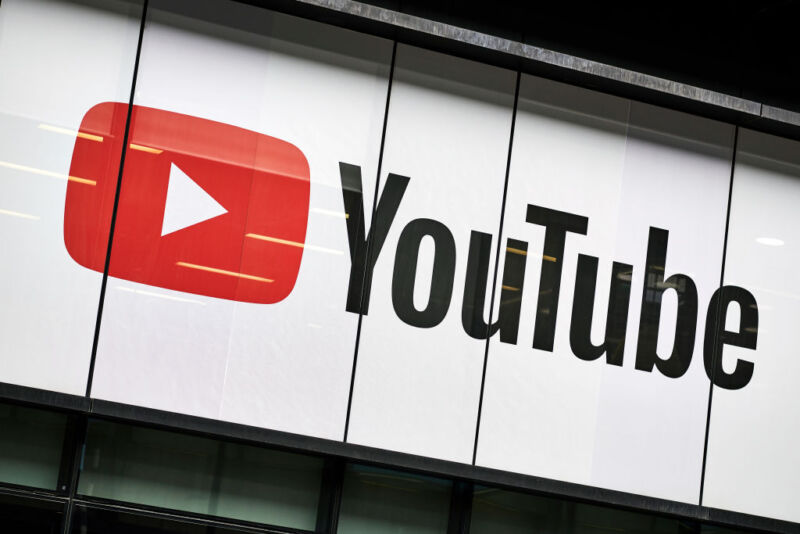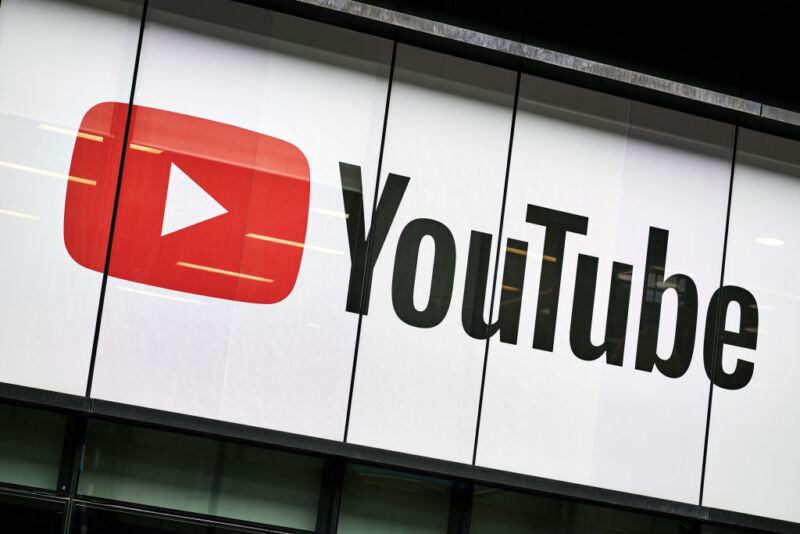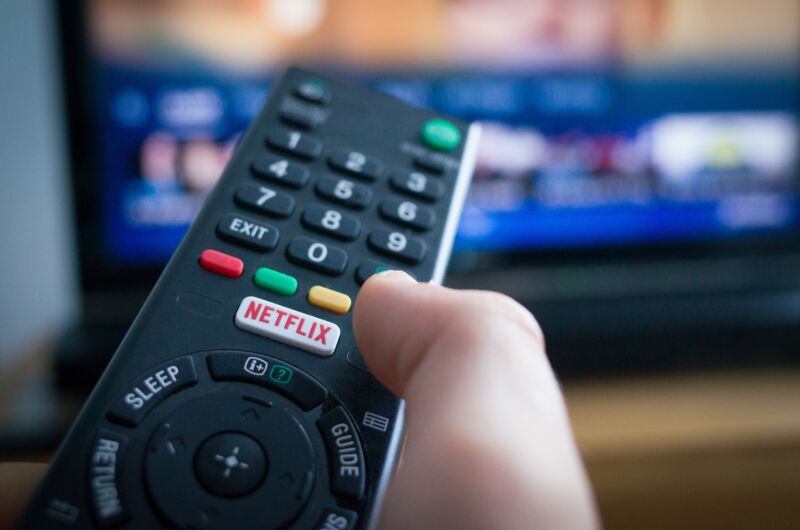
Enlarge (credit: Getty Images | Christopher Ames)
Netflix is suspending its streaming service inside Russia amid the country’s war against Ukraine and a new law that would require it to carry Russian state-owned channels.
“Given the circumstances on the ground, we have decided to suspend our service in Russia,” Netflix told Ars and other media outlets. Netflix stopped letting people in Russia sign up for new subscriptions and will prevent renewal of any existing subscriptions, a Netflix spokesperson told Ars. Once a subscriber’s monthly billing period ends, the person’s service will be halted.
Netflix previously said it would not comply with Russia’s “Vitrina TV law,” which would require it to carry 20 free-to-air Russian channels. “Given the current situation, we have no plans to add these channels to our service,” Netflix told media outlets last week.


